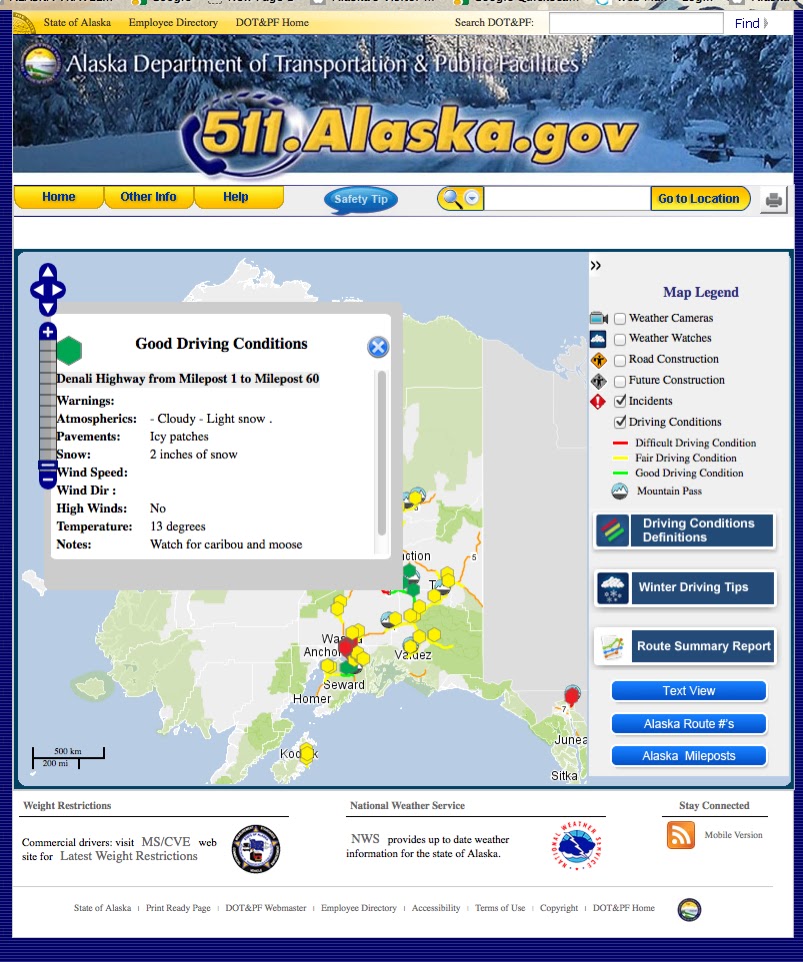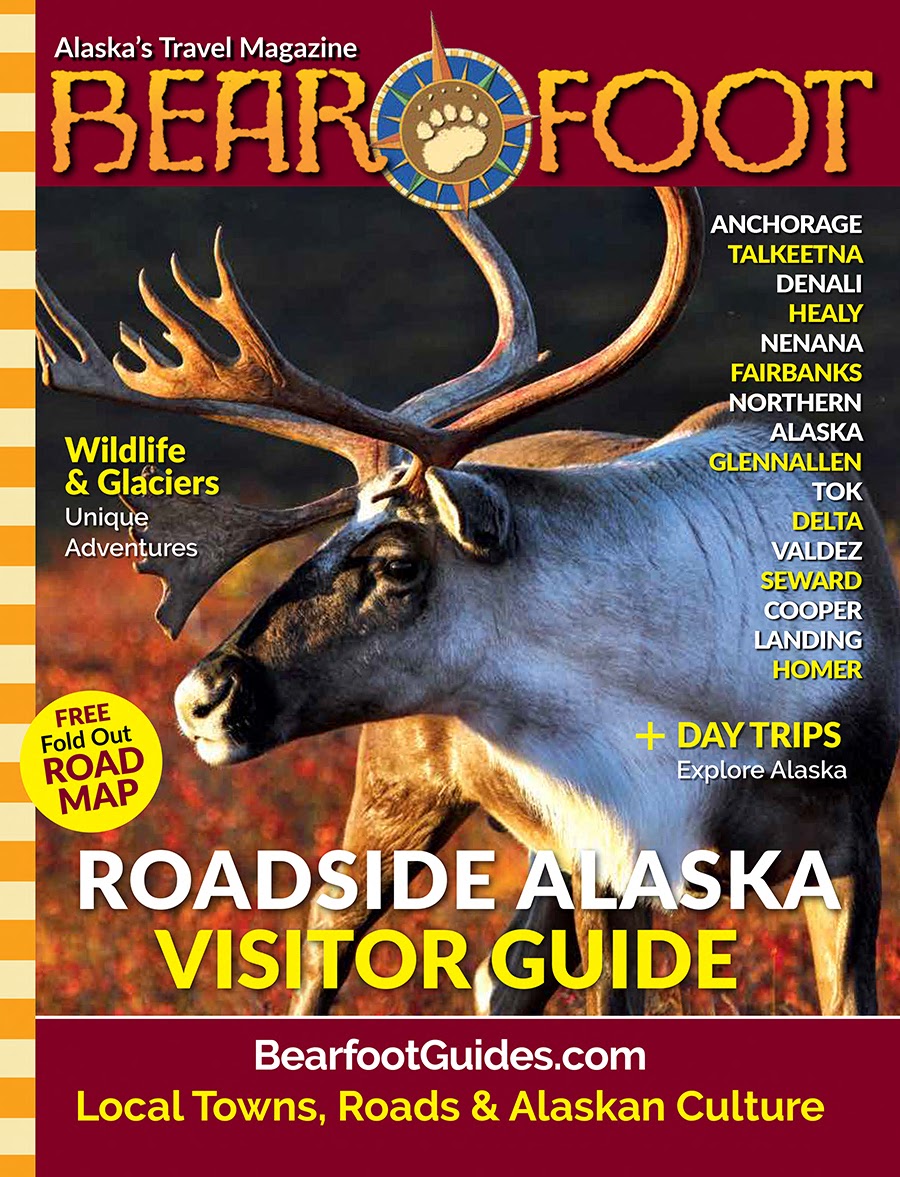Alaska Ponders Opening Up Roads To ATVs And Snowmachines
In spite of studies showing that 65% of ATV-related fatalities happen on roads, the state of Alaska is looking at opening the state's h...
The idea is already being met with mixed reviews, with even Alaskan outdoorsmen thinking it's a bad idea, due to safety issues. Mike Buck, who used to live in Valdez and ran a rafting company there, was quoted in the Anchorage Daily News as questioning the idea's safety. The Daily News also reported that on-road use of off-road vehicles is opposed by a nonprofit group that represents national manufacturers of ATV's -- the Specialty Vehicle institute of America. The U.S. Consumer Product Safety Commission also reports high ATV injuries, especially among children.
The Consumer Federation of America, an association of 300 nonprofit consumer groups has been concerned about ATV safety for over 10 years, citing the problems of 3 wheelers, deaths of children riding adult sized ATVs – and the already very high death rate on the roads.
Snowmachine-vehicle accidents on Alaska's roads are a problem already, even without additional laws allowing more road use. In November, 2017, a 52-year old Fairbanks man was riding his snow machine on the side of the Parks Highway near Nenana and was struck by a car and killed. In 2008, also near Nenana, the Nenana mayor's 15 year old son was killed on his snow machine as he crossed the Parks Highway, when he was struck by a vehicle.
2014 REPORT ON CONSUMER FEDERATION OF AMERICA: NOTICE ON ATV SAFETY
In spite of warnings from manufacturers, federal agencies, and consumer and safety advocates that all terrain vehicles (ATVs) are unsafe on roadways, for several years an increasing number of states have passed laws allowing ATVs on public roads. The majority of ATV deaths take place on these roads and action is needed to reverse this dangerous trend.
An ATV is an “off-road, motorized vehicle having three or four low-pressure tires, a straddle seat for the operator, and handlebars for steering control.”1 Even though the definition of ATVs specifically includes that they are designed for off-road use and the warnings from manufacturers, the trade association, and labels required by federal law indicate that ATVs should never be operated on roads, many riders do not follow these instructions.
Unfortunately, this dangerous riding practice is increasingly being encouraged by the 35 states (69 percent of jurisdictions) that allow ATVs to be legally operated on public roads. Consumers are told by manufacturers, the federal government, consumer and public health and safety advocates, and the ATV trade association that riding ATVs on roads is dangerous, but the majority of states are sending a very different, contradictory and dangerous message by legalizing ATV use on roads.
y A Majority of States Allow ATVs on Roads: 35 states, or 69 percent of states, either allow ATVs on certain roads, roads as authorized by the entity having jurisdiction over the road system, limited stretches of roads, or roads if certain requirements are met, or on the shoulder of roads.
y Ten Year Trend Toward Allowing ATVs on Roads: Since 2004, 22 states, or 63 percent, of those states that allow ATVs on roads, have enacted laws increasing legal ATV access to roads in some way. Four states passed such laws in 2013 alone.
y Vast Majority of States Delegate ATV Access Issues to Local Jurisdictions: 31 of the 35 states, or 89 percent of those states that allow ATVs on paved roads, delegate some or all of the decisions about ATV access to local jurisdictions with authority over those roads.
These conflicting messages are leading to consumer confusion about what constitutes safe riding practices—and it is very unsafe to ride ATVs on roads. The fatality statistics on roads are alarming:
y Consumer Product Safety Commission Data: 65 percent of ATV Deaths Occur on Roads: Data from the Consumer Product Safety Commission (CPSC) from 2007 (the most recent complete data), as analyzed by the Insurance Institute for Highway Safety (IIHS),2 492 of 758 deaths where location was listed (93 percent of deaths)—or 65 percent of ATV rider deaths — occurred on roads. The CPSC’s data also indicates that between 1998 and 2007, there was a greater increase in on–road than off–road deaths.
y Fatality Analysis Reporting System Data: 74 percent of ATV Deaths on Public Roads are on Paved Roads: Of the fatal crashes taking place on public roadways (as opposed to a shoulder or median for instance) from 2007 to 2011, the surface was paved in 74 percent of instances according to a recent analysis of Fatality Analysis Reporting System (FARS) data by IIHS.















